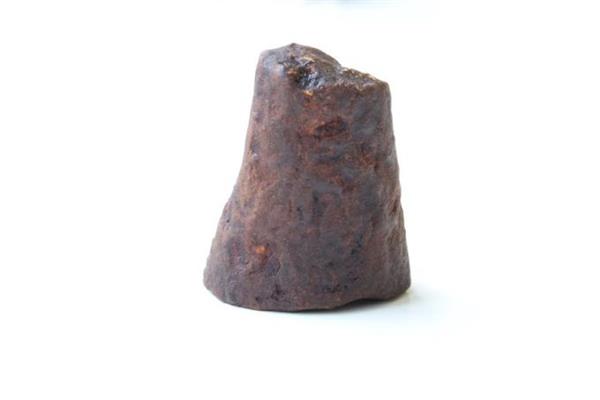The four largest illegal markets in the world are: 1) drugs, 2) arms, 3) human trafficking, and 4) wildlife. While some of these trades may seem intractable, a new technology may help solve some problems in the wildlife trade.
Undermining Black Market Trade in Rhinoceros Horns & Elephant Tusks
The world’s rhinoceros and elephant populations are small and getting smaller. It is no wonder, seeing as how rhino horns, for example, have become a global commodity fetching up to $30,000/lb ($65,000/kg). To put this in perspective, rhino horns are more expensive than gold ($20,000/lb) and one-third less expensive than cocaine ($45,000/lb). The reason for the high price of rhino horns is mainly a belief in traditional Chinese medicine that male erectile dysfunction can be cured by the ingestion of rhino horn powder. The rhino problem is just a drop in the bucket, at $750 million, in the global illegal market for exotic wildlife, estimated at more than $20 billion annually.
Bioengineering Wildlife Products for Sustainability
Now biotechnology startup Pembient, founded by genetic engineers George Bonaci and Matthew Marcus, has developed a 3D printing technique that combines keratin, the fibrous material that found in nails and hair, with rhino DNA, to make rhino horns virtually indistinguishable from the horns of living rhinos. To “fool” poachers and any scientists they might hire to verify the authenticity of rhino horns, Pembient has identified the genetic code for the keratin found in rhino horns. The following image shows a prototype created by Pembient.
The idea is to mass produce thousands of tons of “fake” rhino horns and flood the market with them. If the horns are in fact indistinguishable from the real thing, the market price for Rhino horns will plummet, reducing the incentive of poachers to kill remaining rhino stocks.
The following video explains the threat to rhinos and how Pembient is seeking to solve the problem.








